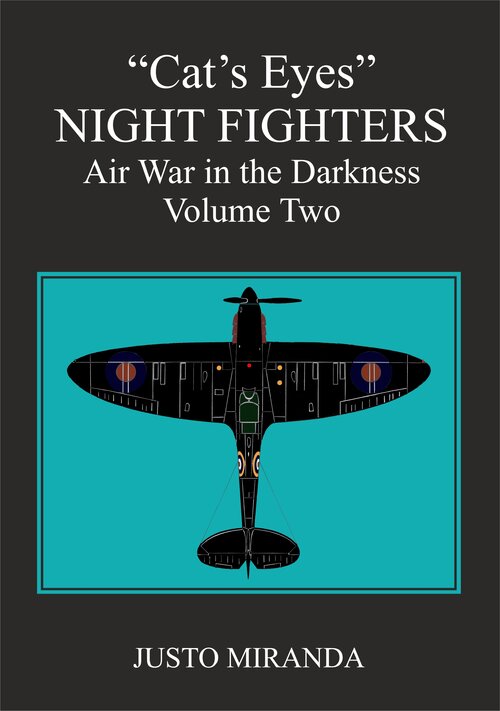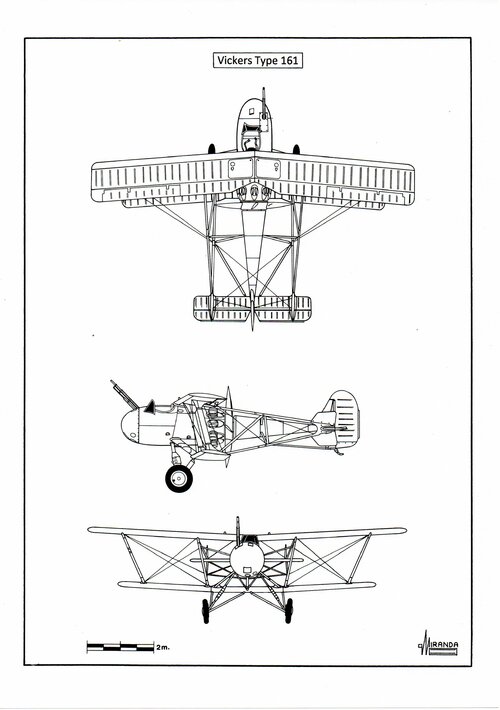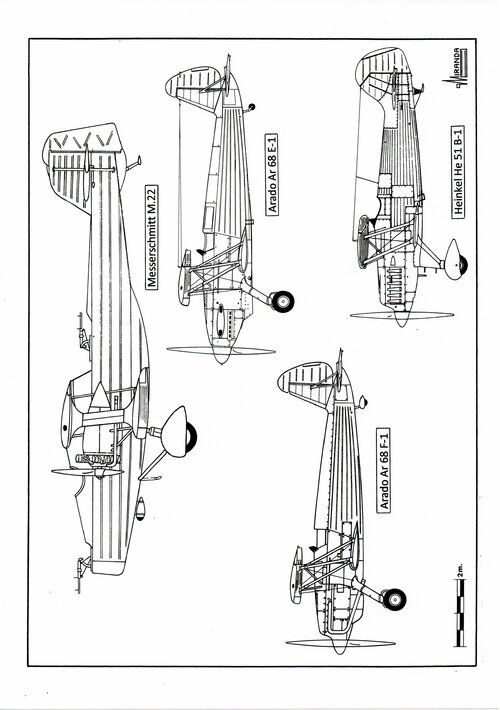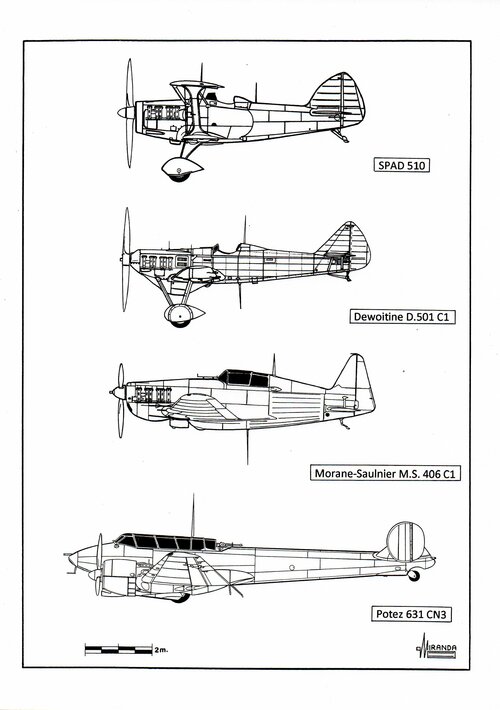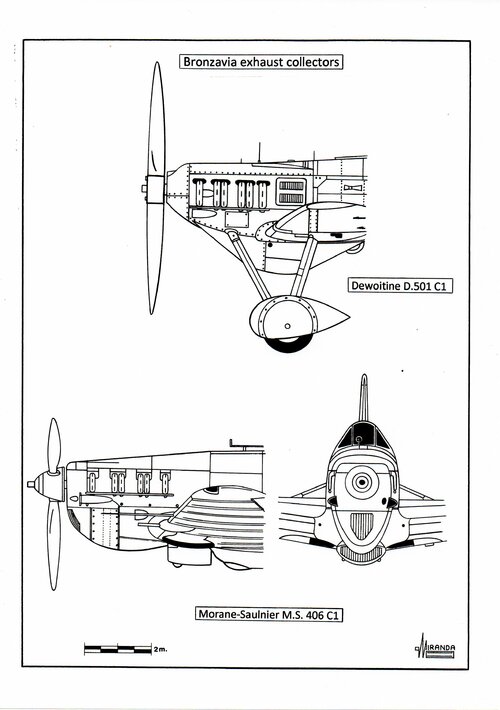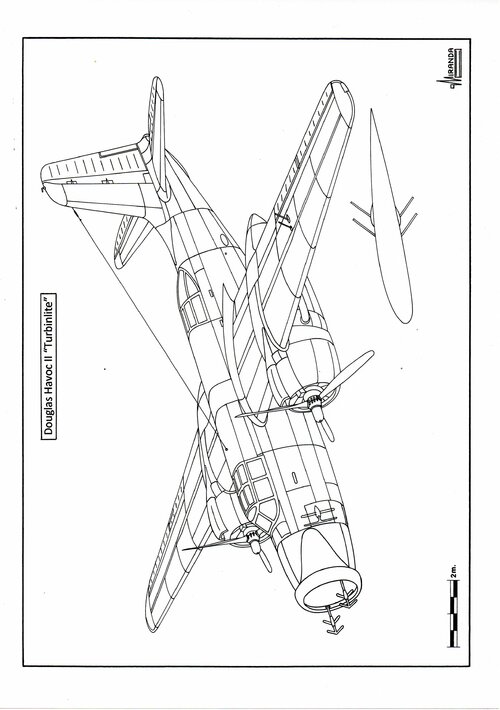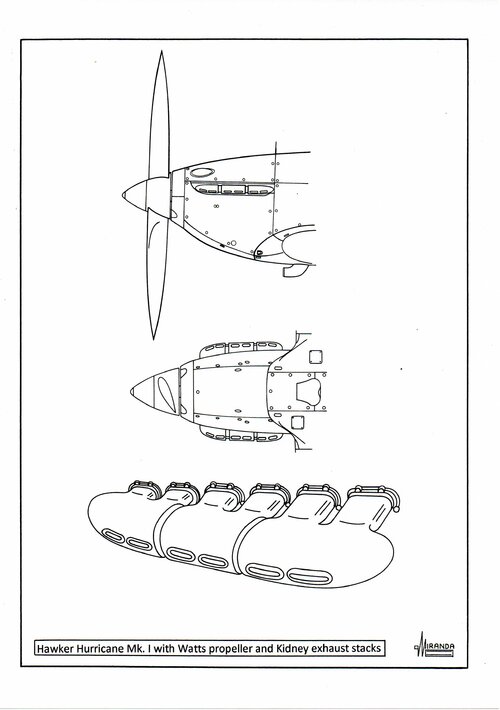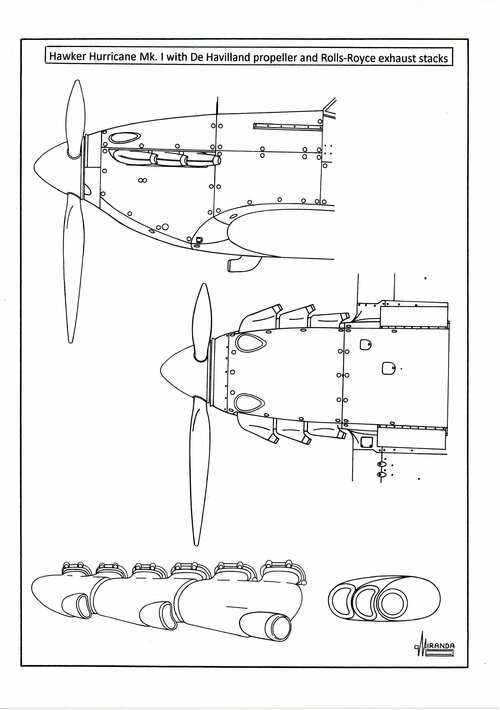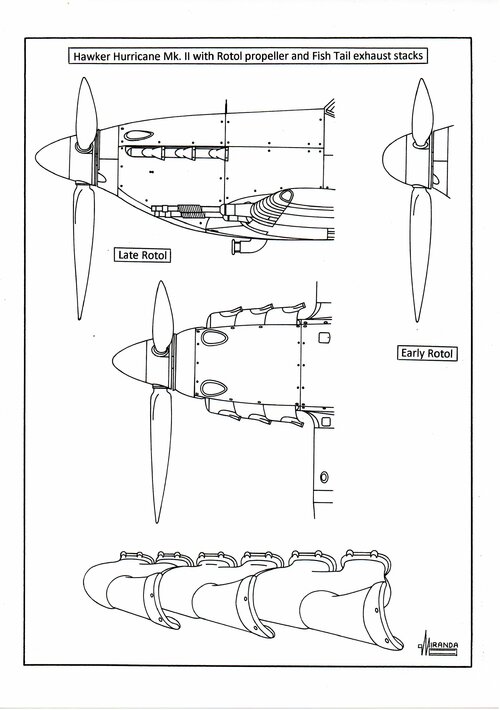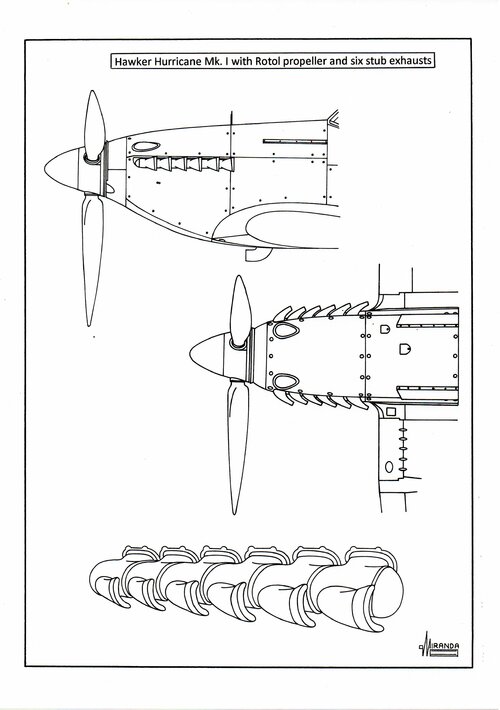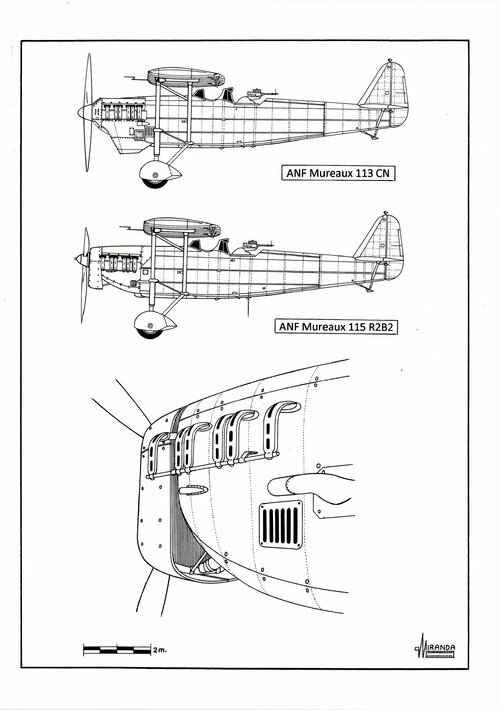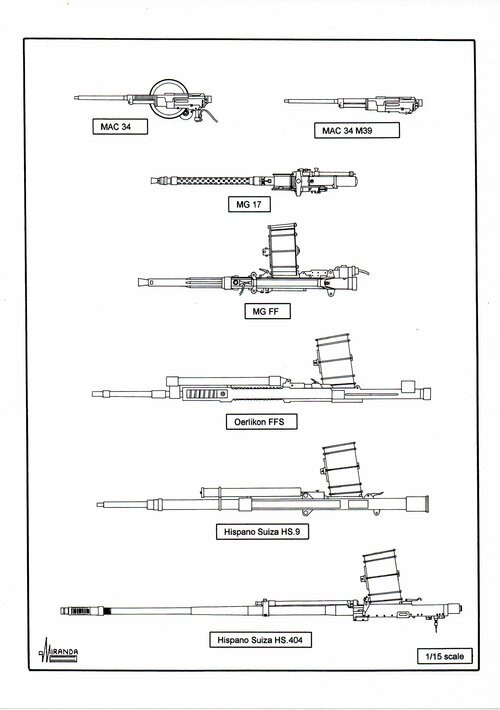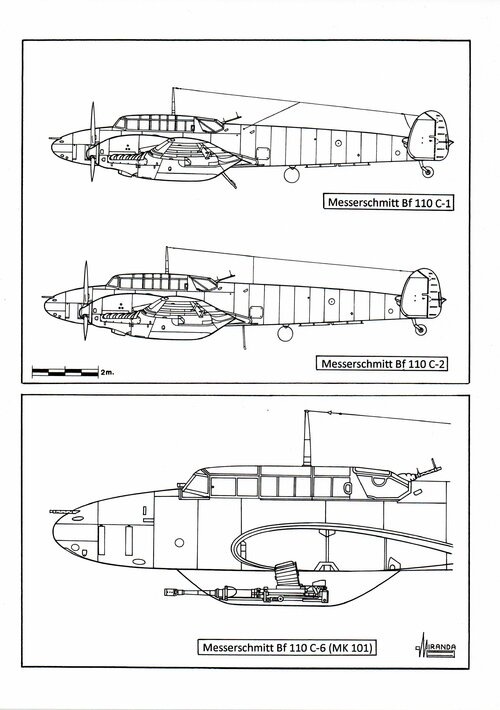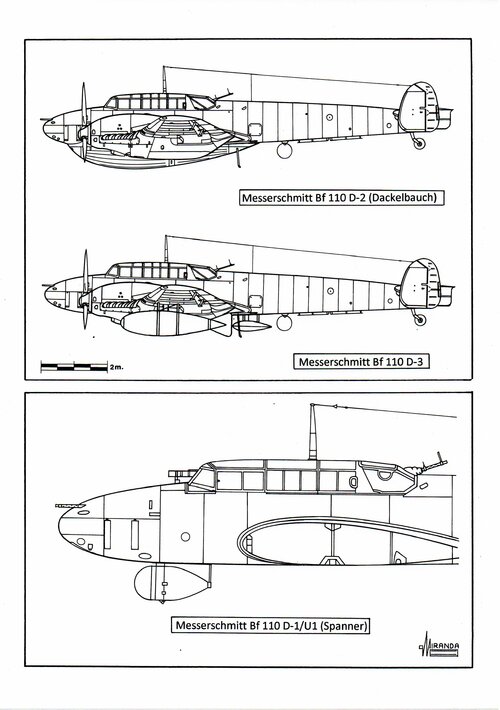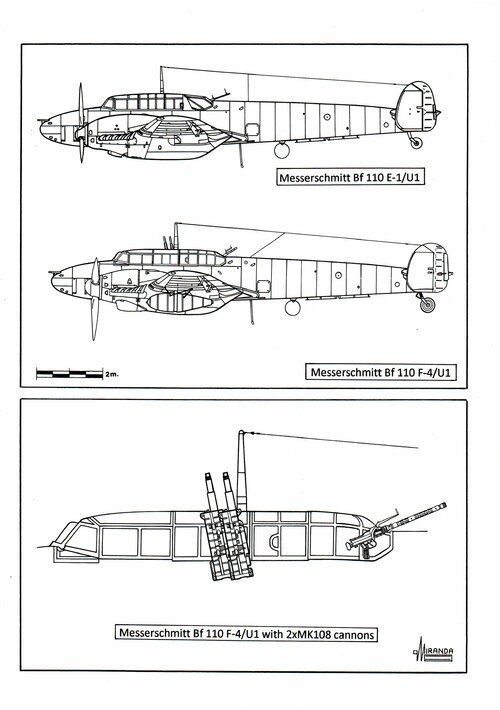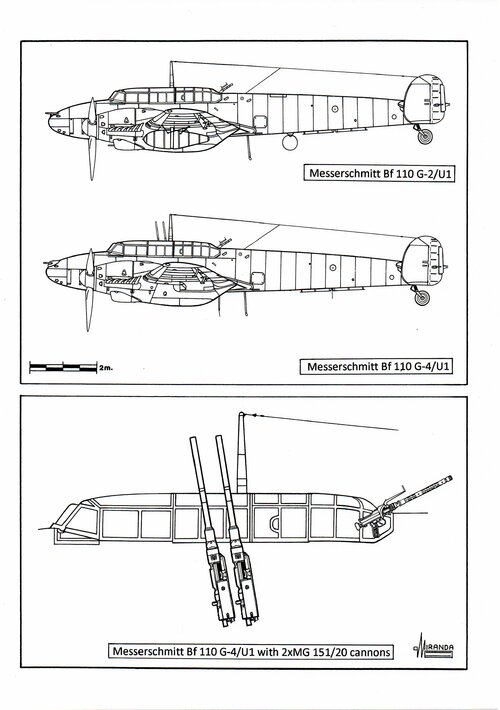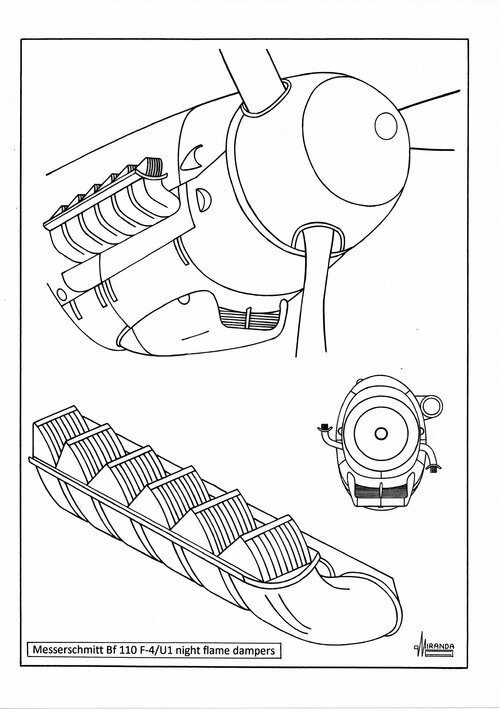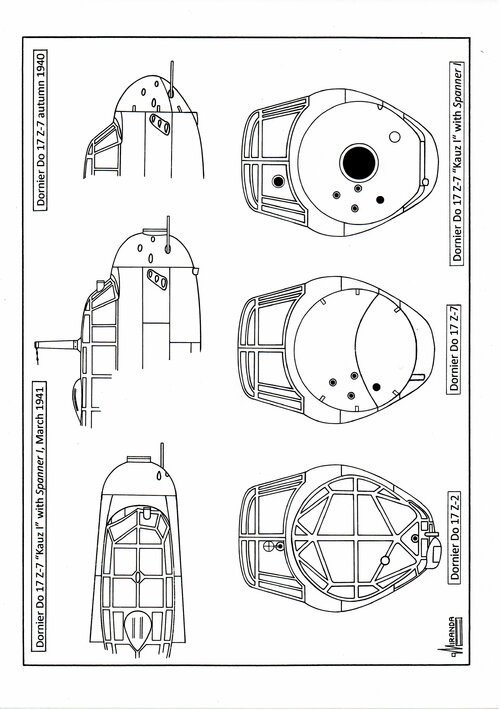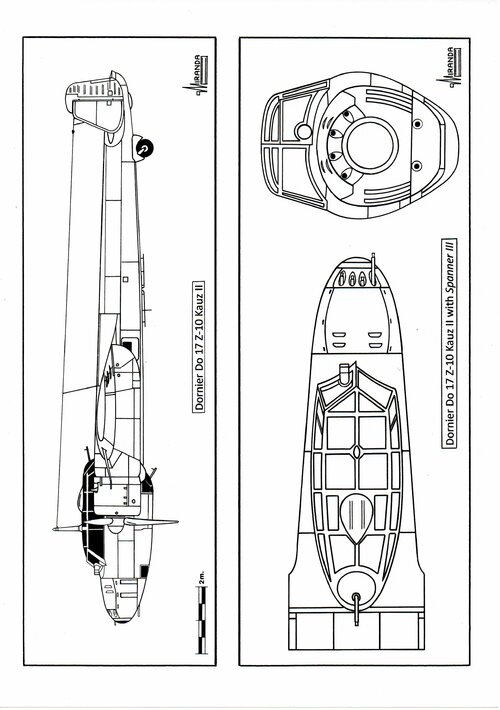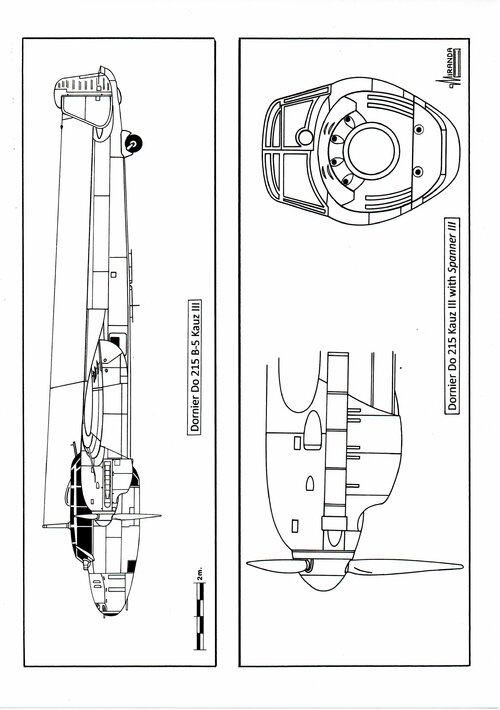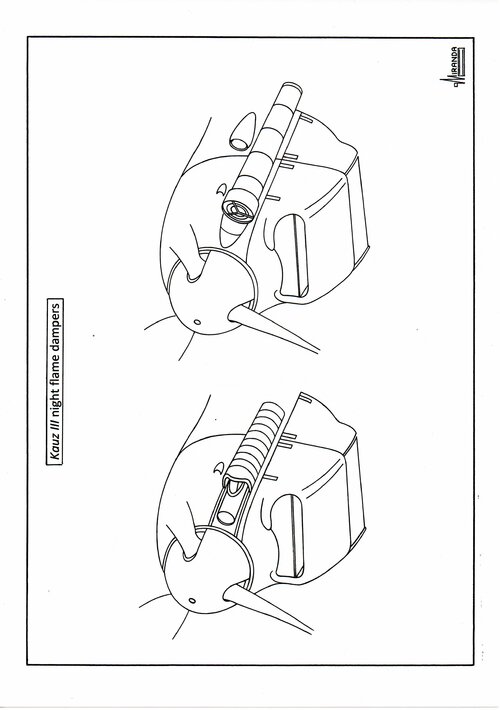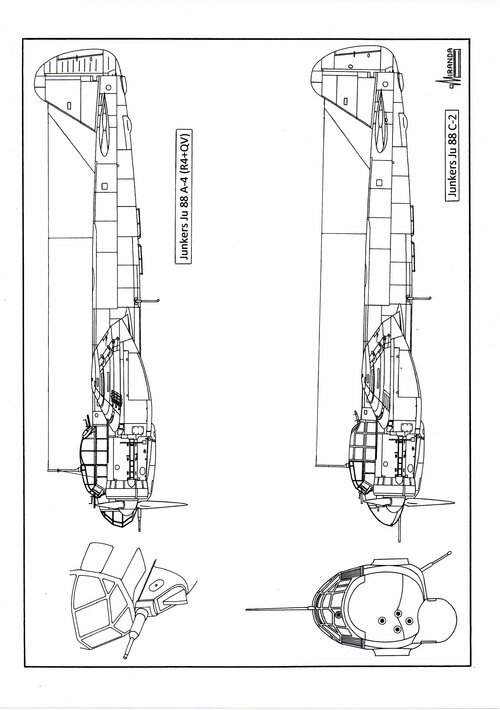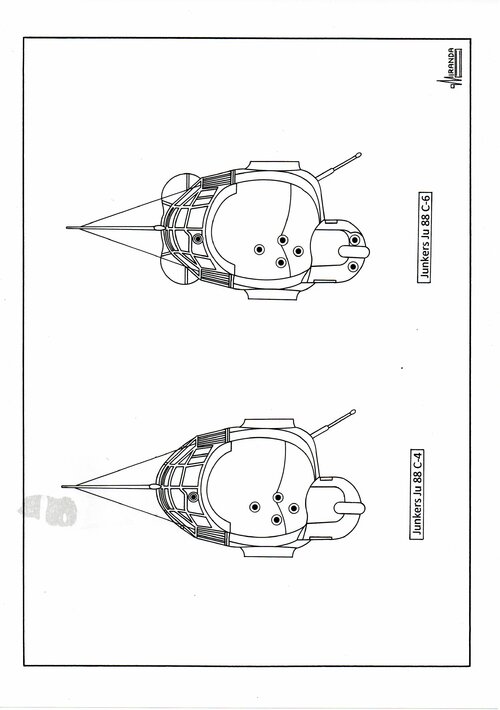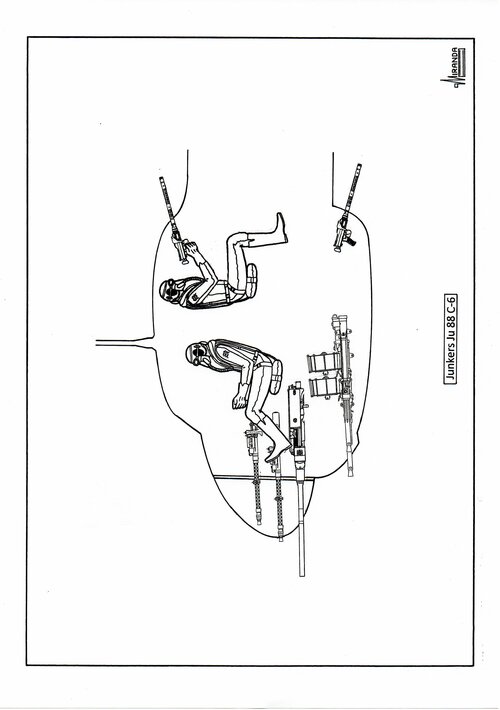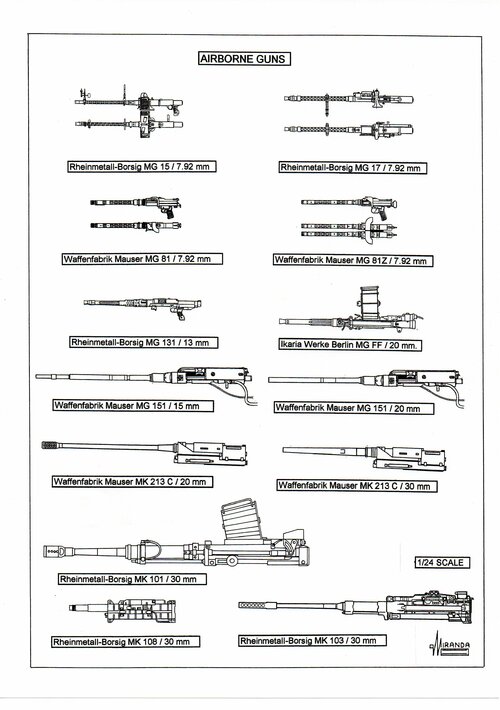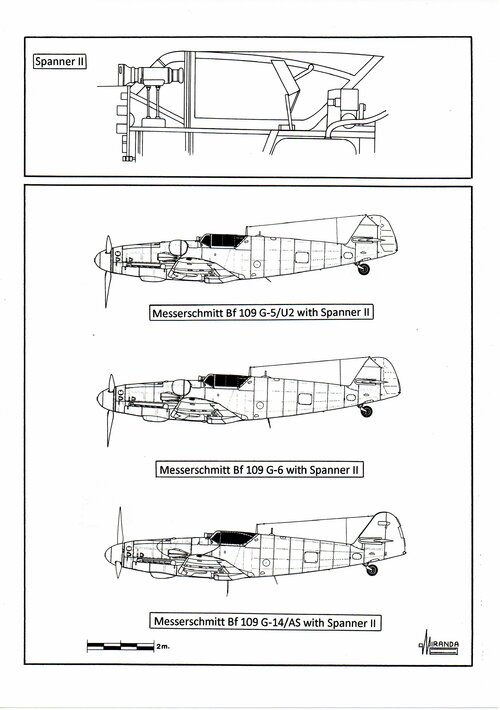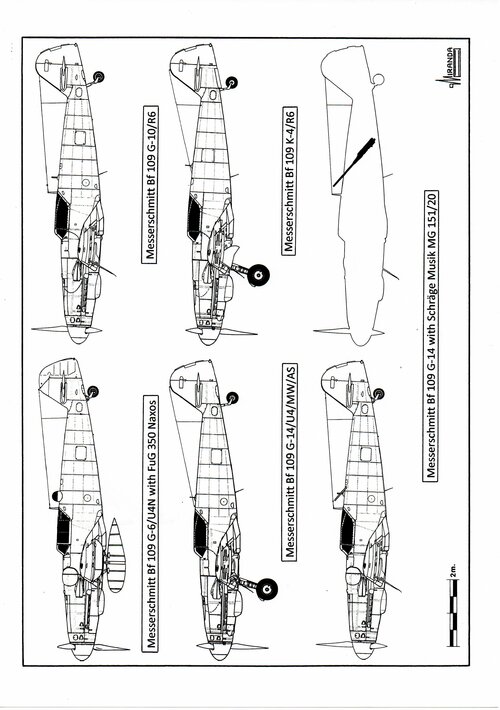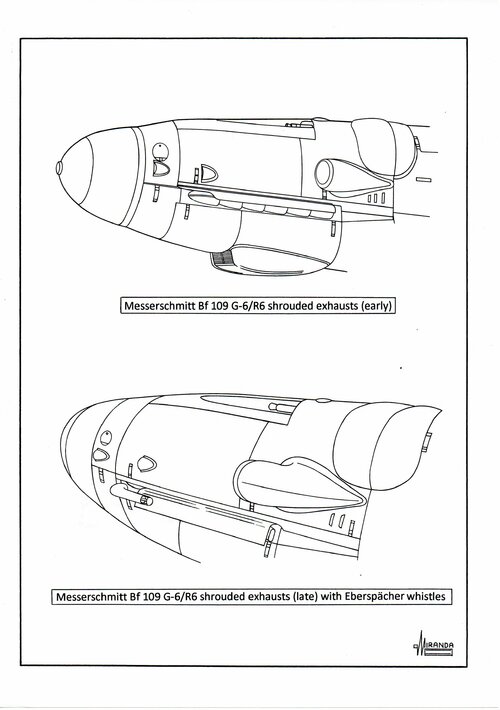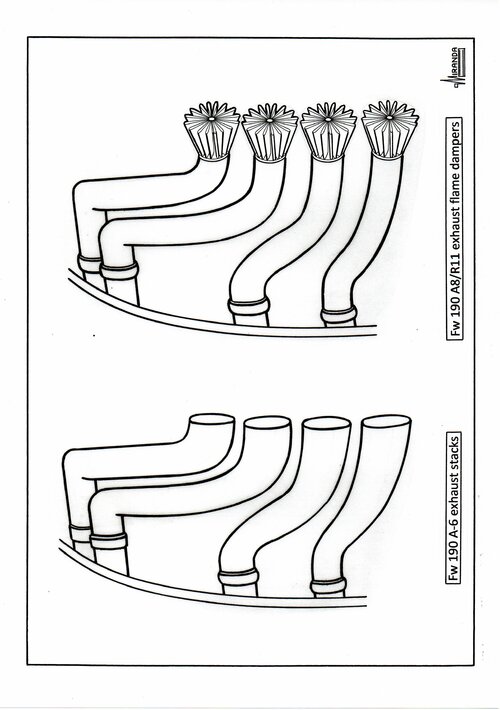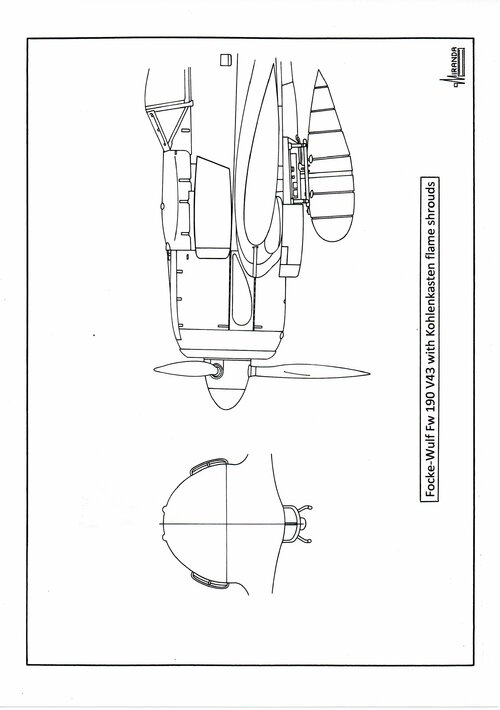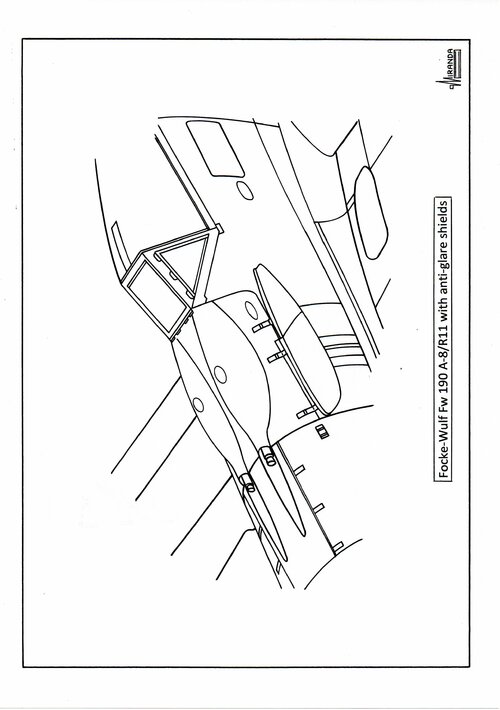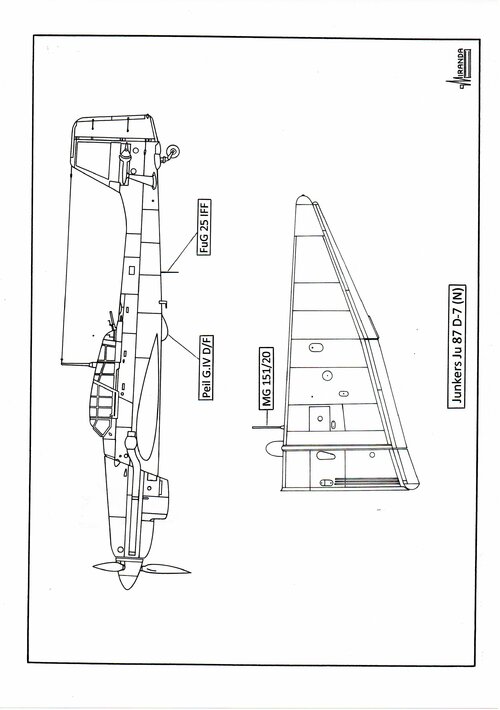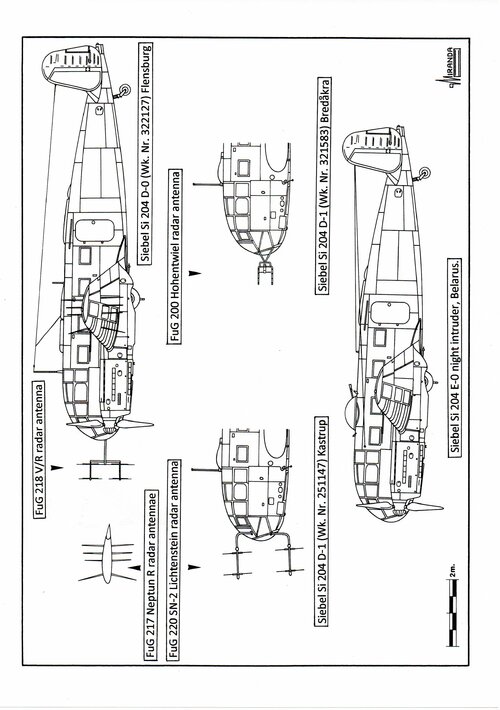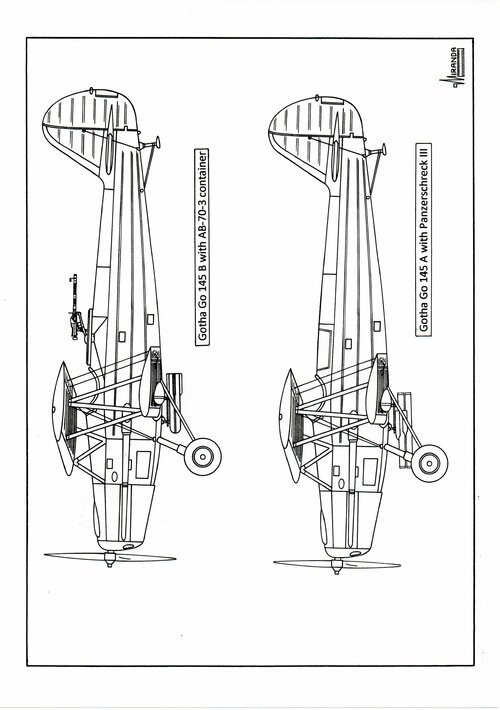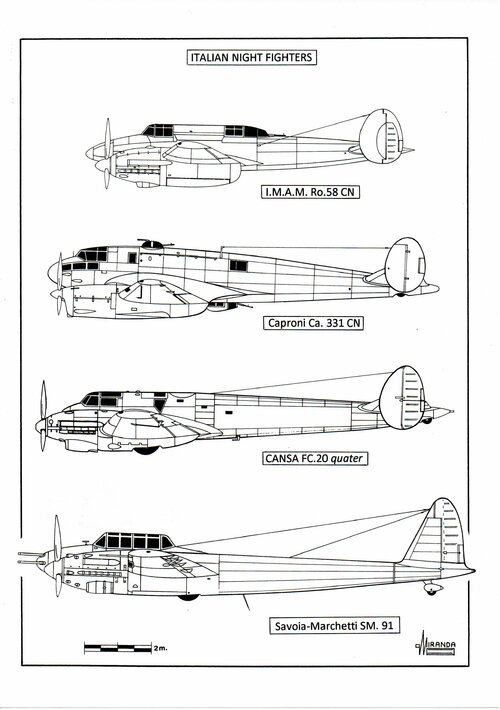"Cat's Eyes" Night Fighters
Air War in the Darkness
Volume Two
CONTENTS
Air War in the Darkness
Volume Two
CONTENTS
Caudron R.XI C.3
Breguet XIV CN2
Breguet XIX CN2
Hawker Woodcock II
Gloster Gamecock
Bristol Type 95 Bagshot
Westland Westbury
Boulton Paul P.31 Bittern
Westland C.O.W. Gun Fighter
Vickers Type 161
Messerschmitt M.22
Nieuport-Delage NiD 622 C.1
Morane-Saulnier M.S. 225 EVN
Dewoitine D.501 CN
Bleriot-Spad S.510 CN
Arado Ar 68 E-1
Dewoitine D.510
Canadian Car & Foundry G-23
Koolhoven FK. 51
Polikarpov I-15
Heinkel He 51 B-1
Gloster Gauntlet Mk. II
Morane-Saulnier M.S. 405
Arado Ar 68 F-1
Morane-Saulnier M.S. 406 C.1
Bristol Blenheim Mk. IF
Bristol Blenheim Mk. IVF
Gloster Gladiator Mk. I
Gloster Gladiator Mk. II
Hawker Fury Mk. II
Hawker Hurricane Mk. I (Early production)
Hawker Hurricane Mk. I (Late production)
Supermarine Spitfire Mk. I (Early production)
Supermarine Spitfire Mk. I (Late production)
Boulton Paul Defiant Mk. I
ANF Mureaux 113 CN2
ANF Mureaux 115 R2B2
Potez 631 CN3
Gloster F.9/37 (L7999)
Gloster F.9/37 (L8002)
Messerschmitt Bf 109 B-2
Messerschmitt Bf 109 C-1
Messerschmitt Bf 109 D-1
Messerschmitt Bf 109 E-1
Bristol Beaufighter NF Mk. IF
Bristol Beaufighter NF Mk. IIF
Douglas Havoc I
Douglas Havoc II
Douglas Havoc II Turbinlite
Hawker Hurricane Mk. IF
Hawker Hurricane Mk. IIB NF
Hawker Hurricane Mk. IIC NF
Supermarine Spitfire Mk. V
De Havilland Mosquito NF Mk. II
Messerschmitt Bf 109 E-4/B
Messerschmitt Bf 109 E-4 with Peil G. IV
Messerschmitt Bf 109 E-7 with Peil G. IV
Messerschmitt Bf 109 T-2
Messerschmitt Bf 110 C-1
Messerschmitt Bf 110 C-2
Messerschmitt Bf 110 C-6
Messerschmitt Bf 110 D-1/U1 with Spanner Anlage I
Messerschmitt Bf 110 D-2 (Dackelbauch)
Messerschmitt Bf 110 D-3
Messerschmitt Bf 110 E-1/U1 with Spanner Anlage I
Messerschmitt Bf 110 F-4/U1
Messerschmitt Bf 110 G-2/U1
Messerschmitt Bf 110 G-4/U1
Dornier Do 17 P-1
Dornier Do 17 Z-2
Dornier Do 17 Z-7
Dornier Do 17 Z-7 Kauz I with Spanner Anlage I
Dornier Do 17 Z-10 Kauz II with Spanner Anlage III
Dornier Do 215 B-5 Kauz III with Spanner Anlage III
Junkers Ju 88 C-2
Bristol Beaufighter NF Mk. VIF
Dornier Do 217 J-1
Junkers Ju 88 C-4
Junkers Ju 88 C-6b
Junkers Ju 88 A-4
De Havilland Mosquito NF Mk. XIX
De Havilland Mosquito NF Mk. 30
Messerschmitt Bf 109 G-6/U4N with Naxos
Focke-Wulf Fw 190 A-2 with Spanner IIA
Focke-Wulf Fw 190 A-4/U2/U8
Focke-Wulf Fw 190 A-4/U2N
Focke-Wulf Fw 190 A-5/U8
Focke-Wulf Fw 190 A-6 with Spanner IIA
Focke-Wulf Fw 190 A-8/R11
Messerschmitt Bf 109 G-5/U2 with Spanner II
Messerschmitt Bf 109 G-6/U2 with Spanner II
Messerschmitt Bf 109 G-6/R6 with Eberspächer
Messerschmitt Bf 109 G-10/R6
Messerschmitt Bf 109 G-14 with Schräge Musik
Messerschmitt Bf 109 G-14/AS with Spanner II
Messerschmitt Bf 109 G-14/U4/MW/AS
Messerschmitt Bf 109 K-4/R6
Focke-Wulf Fw 58 B-2
Focke-Wulf Fw 58 G-1
Junkers Ju 87 D-7 (N)
Heinkel He 45 C
Focke-Wulf Fw 189 A-1
Heinkel He 50 A
Henschel Hs 123 A-1
Heinkel He 46 D-1
Henschel Hs 126 B-1
Junkers F-13
Junkers W 34 Hau
Siebel Si 204 D-0
Siebel Si 204 D-1
Siebel Si 204 E-0
Arado Ar 66C
Gotha Go 145 A
Gotha Go 145 B with Panzerschreck III
Bücker Bü 181 C-3 with Panzerfaust 100
Fieseler Fi 156 C-3
Fiat CR.32 CN
Fiat C.R. 42 CN Series IX
Fiat C.R. 42 CN Series XII
Fiat C.R. 42 CN Series XIII
Fiat C.R. 42 LW
Caproni-Vizzola F.5 CN
Caproni-Vizzola F.4 CN
Macchi M.C. 200
Reggiane Re. 2001 Series III
Reggiane Re. 2001 Series IV
Dewoitine D.520 CN
Messerschmitt Bf 109 F-4 CN
Savoia-Marchetti S.M. 91
CANT Z.1018 M
I.M.A.M. Ro. 58 CN
CANSA FC.20 Quater
Caproni Ca.331N
Dornier Do 217 J-1

